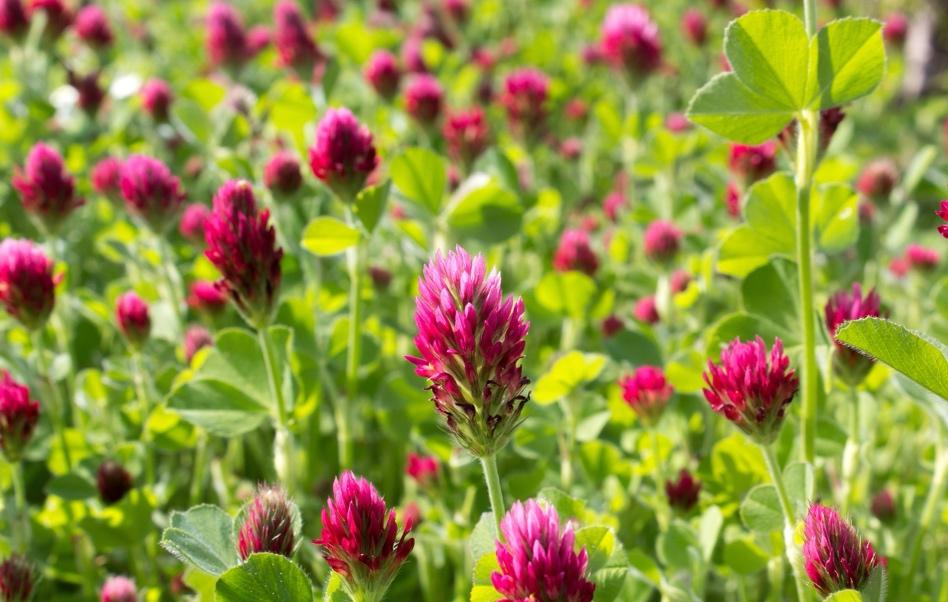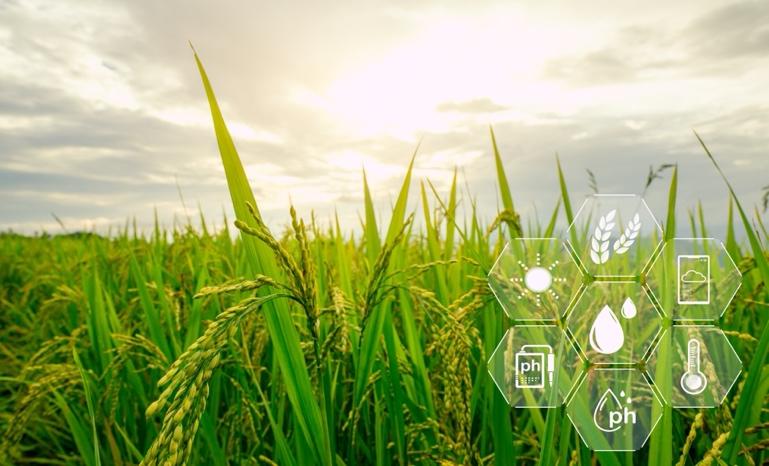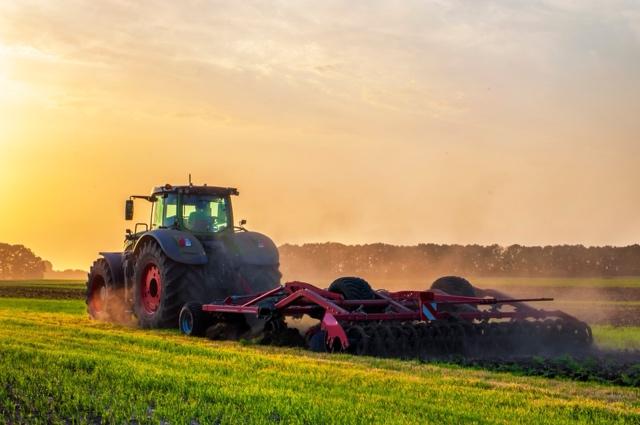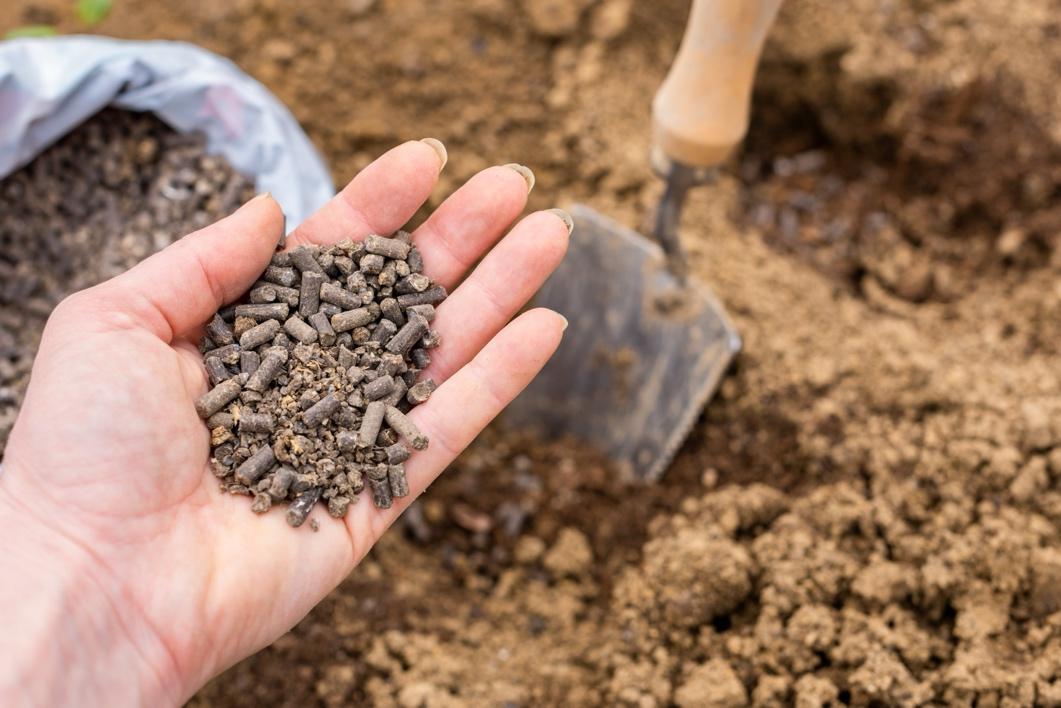
Precilience enhances the climate resilience of agriculture in Northern Europe by sharing knowledge and providing training on effective, region-specific practices
While Northern Europe faces significant challenges, the projected rise in temperatures also presents an opportunity to explore and benefit from new cropping systems. However, to fully exploit these opportunities, we must first conduct thorough research and testing to determine the most effective strategies.
The Precilience project develops and tests solutions to help agriculture and forestry sectors in Denmark, Estonia, Finland, Norway, and Sweden adapt for a sustainable future.

Precilience tests and demonstrates the use of cover crops under varying climatic, soil, and landscape conditions. Demonstrations take place at 12 sites across Denmark, Estonia, Finland, Norway, and Sweden to assess cover crop growth and establishment. At six of these sites are also evaluated the effects on crop diseases, weed and yield, soil moisture dynamics, runoff peaks, soil and nutrient losses in runoff, as well as soil health and biodiversity.

The land use optimization tool and crop rotation tool, initially developed and applied on pilot farms in Finland, will be tested and further refined with regionally relevant adjustments in the Precilience project.

Most climate risks in agriculture are related to water—whether from droughts, floods, or other extreme conditions. Improved water management is essential for ensuring both the availability and quality of water. Enhancing water retention and infiltration involves a combination of agronomic and engineered solutions, like drainage, water storage, and infiltration structures. The landscape-specific methods for enhancing water retention and infiltration encompass agronomic and engineered solutions, often both combined. Engineering solutions in agricultural fields need to incorporate nature-based approaches.
The Precilience project tests and demonstrates practices for water retention, storage, irrigation, and drainage. These practices are designed to reduce drought stress and flooding, thereby mitigating their adverse effects on crop diseases, yields, soil loss, and water quality.

Some tillage practices can help control weeds and improve soil drainage and aeration. However, tillage can also lead to soil erosion, nutrient loss, and decreased biodiversity. Because different tillage methods have both advantages and disadvantages, it is essential to choose the most suitable practice for specific environments.
We will test and demonstrate the effects of different tillage methods on soil health, nutrient loss, water availability and quality, crop diseases, crop health, and overall crop performance. We also study how different tillage methods affect the survival of plant disease pathogens.

Effective soil management is crucial for achieving agricultural resilience. We will test and demonstrate that different soil improvers can modify water and nutrient behaviour by enhancing soil physical, chemical, and biological conditions. This, in turn, promotes crop growth and reduces nutrient loss.
We will apply soil improvers and test various tillage practices to adapt them to different soil types and climatic conditions, aiming to find the best outcomes for soil and crop health based on their suitability and comprehensive outcomes.

May 2024 - October 2028





This project has received funding from the European Union's Horizon Europe research and innovation programme under the grant agreement number 101157094.
Views and opinions expressed are however those of the author(s) only and do not necessarily reflect those of the European Union or the European Research Executive Agency (REA). Neither the European Union nor the granting authority can be held responsible for them.





